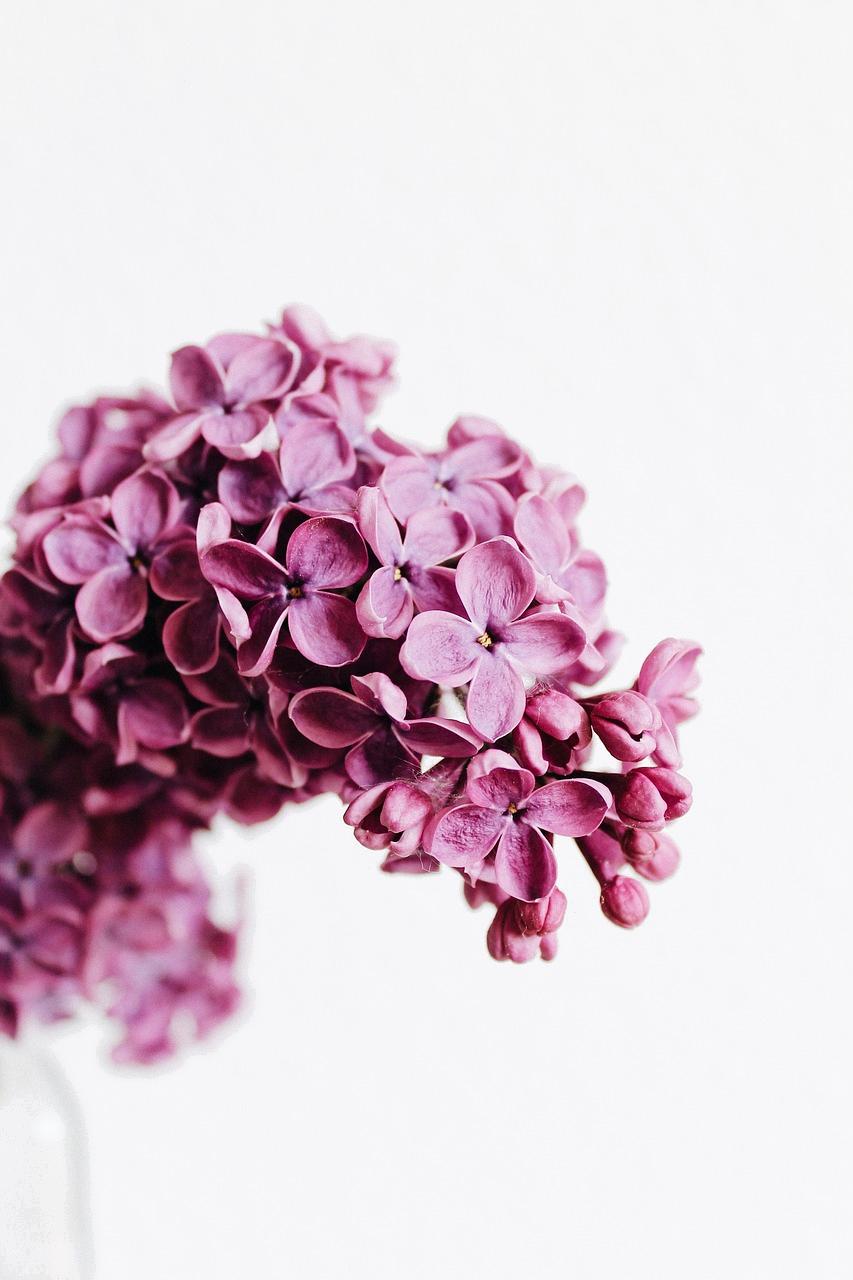When it comes to growing lilacs in pots, there are a few important factors to consider before diving in. While lilacs are traditionally known for thriving in the ground, it is indeed possible to successfully grow them in containers. However, there are some key considerations to keep in mind to ensure the health and vitality of your potted lilac plants.
Choosing the Right Container Size
One of the crucial elements in successfully growing lilacs in pots is selecting the right container size. Lilacs have expansive root systems and require ample space to grow and thrive. It is recommended to opt for a container that is at least 12 inches deep and 24 inches wide to provide sufficient room for the roots to spread out.
Proper Drainage is Essential
Ensuring that your lilac plant has proper drainage is vital for its health. Without adequate drainage, the roots can become waterlogged, leading to root rot and other issues. Make sure that your pot has drainage holes at the bottom to allow excess water to escape and prevent waterlogging.
Choosing the Right Soil
The type of soil you use is another crucial aspect of successfully growing lilacs in containers. Opt for a well-draining, nutrient-rich potting mix specifically formulated for shrubs and trees. Avoid heavy soils that may retain too much moisture, as lilacs prefer well-draining soil to prevent waterlogged roots.
Placement and Sunlight
Lilacs thrive in full sun, so it is essential to place your potted lilac plant in a location where it will receive at least six hours of sunlight per day. Choose a spot that offers ample sunlight to promote healthy growth and abundant blooming during the flowering season.
Watering and Maintenance
Proper watering is crucial for the health of your potted lilac plant. Ensure that the soil remains consistently moist but not waterlogged. Monitor the moisture levels regularly and adjust your watering schedule accordingly to prevent underwatering or overwatering.
Fertilizing Your Potted Lilac
While lilacs are not heavy feeders, providing them with a balanced fertilizer formulated for shrubs can help promote healthy growth and vibrant blooms. Fertilize your potted lilac plant in early spring before the growing season begins, following the manufacturer’s instructions for application.
Pruning and Deadheading
Regular pruning is essential for maintaining the health and shape of your potted lilac plant. Remove any dead or diseased branches, as well as spent flowers, to encourage new growth and blooming. Prune your lilac plant after the flowering season to promote vigorous growth the following year.
Protecting Your Potted Lilac in Winter
When winter approaches, it is crucial to protect your potted lilac plant from frost and freezing temperatures. Consider wrapping the container with insulating material or moving it to a sheltered location to shield it from harsh winter conditions and prevent damage to the roots.
Pest and Disease Management
Monitor your potted lilac plant regularly for any signs of pests or diseases. Common issues that may affect lilacs include aphids, powdery mildew, and fungal diseases. Take prompt action if you notice any problems, such as spraying with organic pesticides or fungicides to address the issue.
Replanting and Refreshing the Soil
Every few years, consider replanting your potted lilac in fresh potting soil to ensure that it continues to thrive. Gently remove the plant from its container, trim any overly crowded roots, and repot it in fresh soil to provide a nutrient boost and encourage healthy growth.

Enjoying the Beauty of Potted Lilacs
With proper care and attention to the specific needs of lilacs, you can create a stunning display of blooming beauty right on your patio or balcony. Watching your potted lilac plant grow and flourish is a rewarding experience that brings the joy of nature closer to home.
